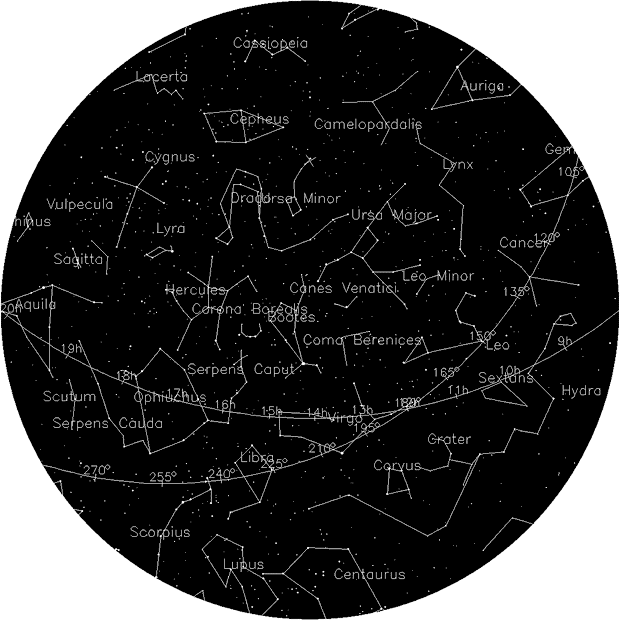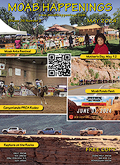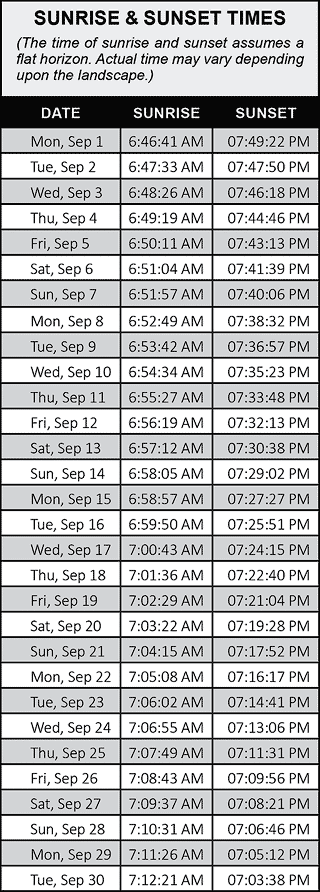September nights have glorious views of our own Milky Way galaxy under dark skies. For many city dwellers, their first sight of the Milky Way comes during trips to rural areas, so if you are traveling away from city lights, do yourself a favor and look up!
In Moab this time of year, you can see the Milky Way after dark overhead. Photos of the Milky Way are breathtaking, but they usually show far more detail and color than the human eye can see – that’s the beauty and quietly deceptive nature of long exposure photography. To observe the Milky Way with your eyes, you need clear, dark skies and enough time to adapt to the dark. Avoid bright lights as they will ruin your night vision, and choose a night with new or crescent Moon; a full Moon will wash out potential views.
Keeping your eyes dark-adapted is especially important if you want to see the dark lane cutting into that haze, stretching from the Summer Triangle to Sagittarius. This dark detail is known as the Great Rift and is seen more readily in very dark, dry skies found in high desert regions. What exactly is the Great Rift? You are looking at massive clouds of galactic dust lying between Earth and the interior of the Milky Way.
Other “dark nebulae” of cosmic clouds pepper the Milky Way, including the famed Coalsack, found in the Southern Hemisphere constellation of Crux. Many cultures celebrate these dark clouds in their traditional stories along with the constellations and the Milky Way. One such story tells of a Yacana the Llama, and her baby, wandering along a river that crossed the sky – the Milky Way. The bright stars Alpha and Beta Centauri serve as the llama’s eyes, with the dark sections representing the bodies of mother and baby, with the baby below the mother, nursing. What do you see in the Milky Way?
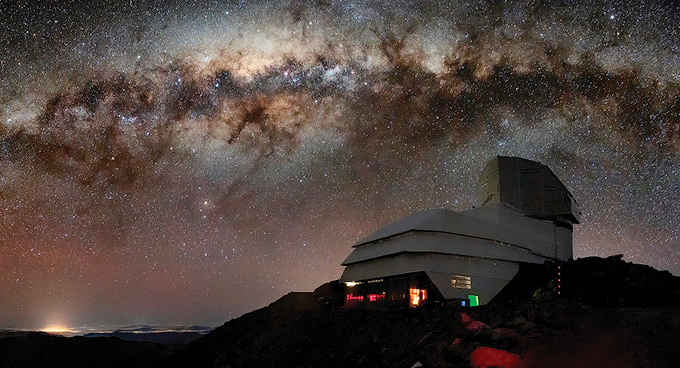 The Vera C. Rubin Observatory, located at Cerro Pachón, Chile, under the Milky Way. The bright halo of gas and stars on the left side of the image highlights the very center of the Milky Way galaxy.
The Vera C. Rubin Observatory, located at Cerro Pachón, Chile, under the Milky Way. The bright halo of gas and stars on the left side of the image highlights the very center of the Milky Way galaxy.
Image Credit: RubinObs/NOIRLab/SLAC/NSF/DOE/AURA/B. Quint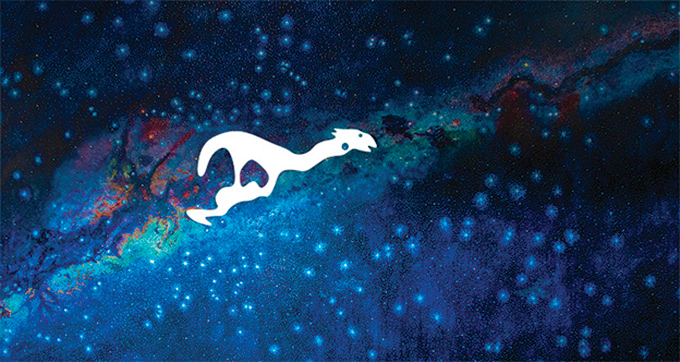 This painting by Cusco artist Miguel Araoz Cartegna (b. 1977, Oil on canvas, 2014) depicts the Milky Way over Cusco during July and August - the time when the sky is clear and most of the Inka constellations can be easily observed. Credit: Doug McMains, National Museum of the American Indian. Courtesy of the Museo del Convento de Danto Domingo, Cusco, Peru.
This painting by Cusco artist Miguel Araoz Cartegna (b. 1977, Oil on canvas, 2014) depicts the Milky Way over Cusco during July and August - the time when the sky is clear and most of the Inka constellations can be easily observed. Credit: Doug McMains, National Museum of the American Indian. Courtesy of the Museo del Convento de Danto Domingo, Cusco, Peru.


